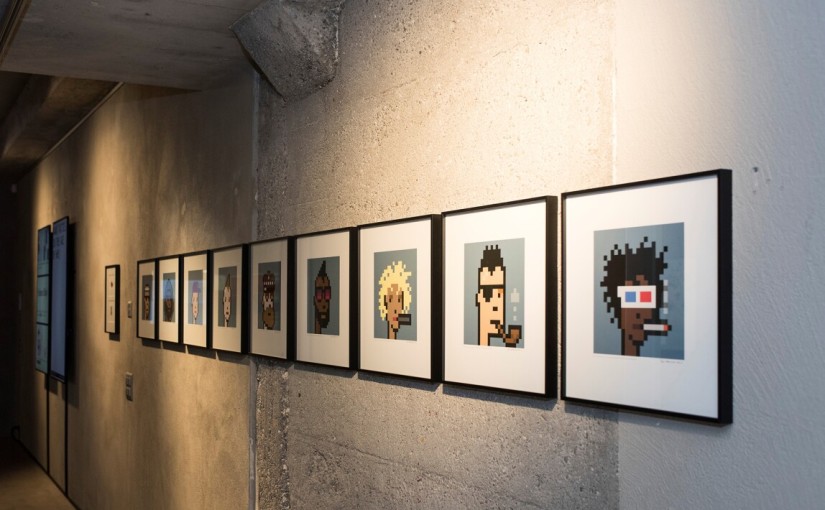In the ever-evolving landscape of digital marketing, staying ahead of the curve is essential for businesses looking to thrive and connect with their target audience. As we enter 2024, one technology duo is poised to revolutionize the marketing industry: Web3 and blockchain. These technologies promise to reshape the way businesses interact with customers, handle data, and build trust. In this article, we’ll explore the potential impact of Web3 and blockchain on the future of marketing, drawing insights from the 2024 outlook presented by Jurgen Cautreels on his blog.
Understanding Web3 and Blockchain
Before delving into their role in marketing, let’s briefly define Web3 and blockchain:
- Web3: Web3 represents the next phase of the internet. It is envisioned as a decentralized, user-centric internet where individuals have more control over their data and online experiences. Web3 is built on principles of blockchain technology and aims to eliminate the centralized control held by tech giants over user data and online interactions.
- Blockchain: Blockchain is a distributed ledger technology that securely records transactions across a network of computers. It provides transparency, immutability, and security to data. Blockchain’s decentralized nature makes it resistant to tampering and fraud, which has led to its adoption in various industries beyond cryptocurrencies.
The Impact of Web3 and Blockchain on Marketing
- Enhanced Data Privacy: One of the biggest concerns in modern marketing is data privacy. With Web3 and blockchain, users gain more control over their data. They can choose what information to share and with whom. Marketers will need to be more transparent and ethical in their data practices, obtaining explicit consent and ensuring data security.
- Tokenization of Assets: Blockchain enables the creation of non-fungible tokens (NFTs) that represent unique digital assets. Marketers can use NFTs for various purposes, including creating exclusive digital collectibles, rewarding loyal customers, or tokenizing digital advertising space. This introduces new opportunities for engagement and monetization.
- Decentralized Advertising: Web3 challenges the dominance of centralized advertising platforms. Blockchain-based advertising networks are emerging, where users are rewarded for engaging with ads through microtransactions. Advertisers can target more relevant audiences, and users have greater control over their ad experiences.
- Content Ownership and Copyright: NFTs can be used to prove ownership and authenticity of digital content. This has implications for content creators and marketers, as it allows for the creation of verifiable and tradable digital assets. Brands can collaborate with creators to tokenize branded content, extending its reach and value.
- Smart Contracts in Marketing Campaigns: Smart contracts on blockchain can automate various aspects of marketing campaigns, from ad placement to affiliate marketing payouts. These self-executing contracts reduce the need for intermediaries, lower costs, and enhance transparency.
- Consumer Trust and Transparency: Blockchain’s immutability and transparency can help build trust between brands and consumers. Customers can verify the authenticity of products, trace the supply chain, and confirm the accuracy of marketing claims. This transparency can boost consumer confidence and loyalty.
- Eliminating Ad Fraud: Blockchain technology can combat ad fraud by providing a transparent and tamper-proof record of ad impressions and clicks. Advertisers can ensure that their budgets are spent on genuine interactions and not wasted on fraudulent activities.
The 2024 Outlook on Web3 and Blockchain Marketing
Jurgen Cautreels’ 2024 outlook on Web3 and blockchain marketing emphasizes the following key points:
- The Evolution of Customer Data: With Web3, customer data becomes a valuable asset controlled by individuals. Marketers must adapt by offering incentives and value in exchange for data access while respecting user privacy.
- Content Tokenization: Tokenizing content through NFTs presents an opportunity for brands to create unique and tradable digital assets. This can drive engagement and brand loyalty while providing new revenue streams.
- Smart Contracts for Campaign Efficiency: Smart contracts will streamline marketing operations, ensuring that campaigns are executed as agreed upon. This will reduce discrepancies and disputes, leading to more efficient marketing efforts.
- Blockchain’s Role in Trust: Blockchain’s transparency and security will play a pivotal role in building trust between brands and consumers. Brands that embrace blockchain for provenance and authenticity will gain a competitive edge.
- Deeper Audience Engagement: Blockchain-based advertising and reward systems will enable more personalized and engaging interactions between brands and their audiences. Users who opt-in to receive rewards for engagement may become more receptive to marketing messages.
- Challenges and Regulation: While Web3 and blockchain offer exciting possibilities, they also present challenges related to scalability, regulation, and mainstream adoption. Marketers should stay informed about evolving regulations and industry standards.
As we step into 2024, the integration of Web3 and blockchain technologies into the marketing landscape promises to be a game-changer. The shift toward greater data privacy, content tokenization, smart contract automation, and enhanced trust between brands and consumers will reshape the way marketing campaigns are planned and executed.
Jurgen Cautreels’ insights into the 2024 outlook for Web3 and blockchain marketing highlight the need for marketers to embrace these emerging technologies. By staying informed, adapting to changing data dynamics, and exploring new avenues for engagement and transparency, businesses can position themselves at the forefront of the marketing revolution brought about by Web3 and blockchain. The future of marketing is decentralized, transparent, and user-centric, and those who embrace this transformation will thrive in the evolving digital landscape.
![Web3 and Blockchain: The Future of Marketing [2024 Outlook]](https://jurgencautreels.wordpress.com/wp-content/uploads/2024/01/blockchain-jurgen-cautreels.webp?w=825&h=510&crop=1)








